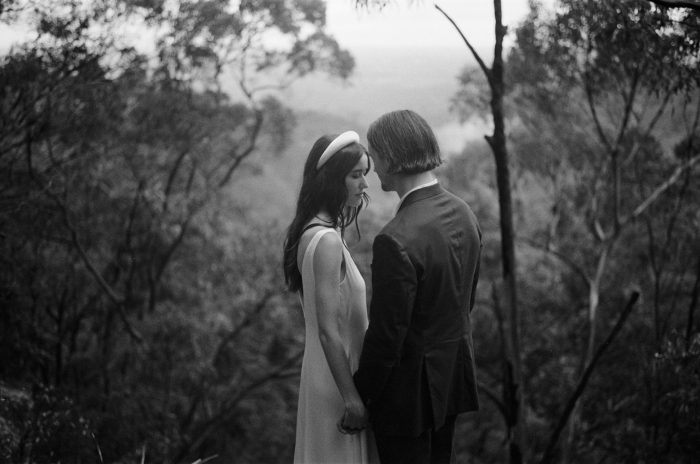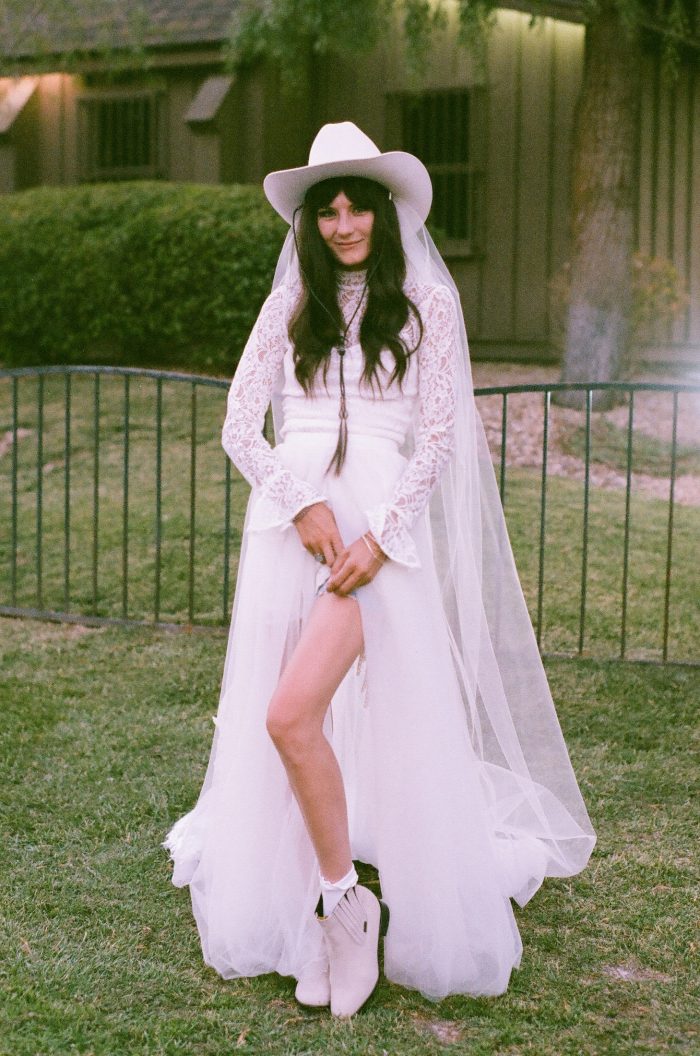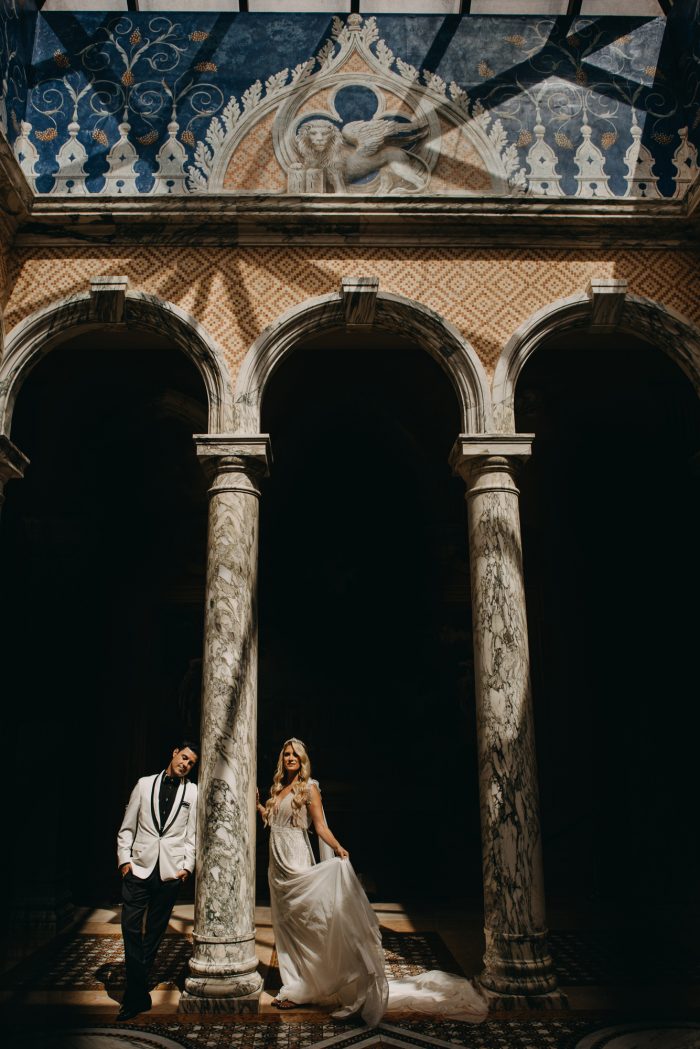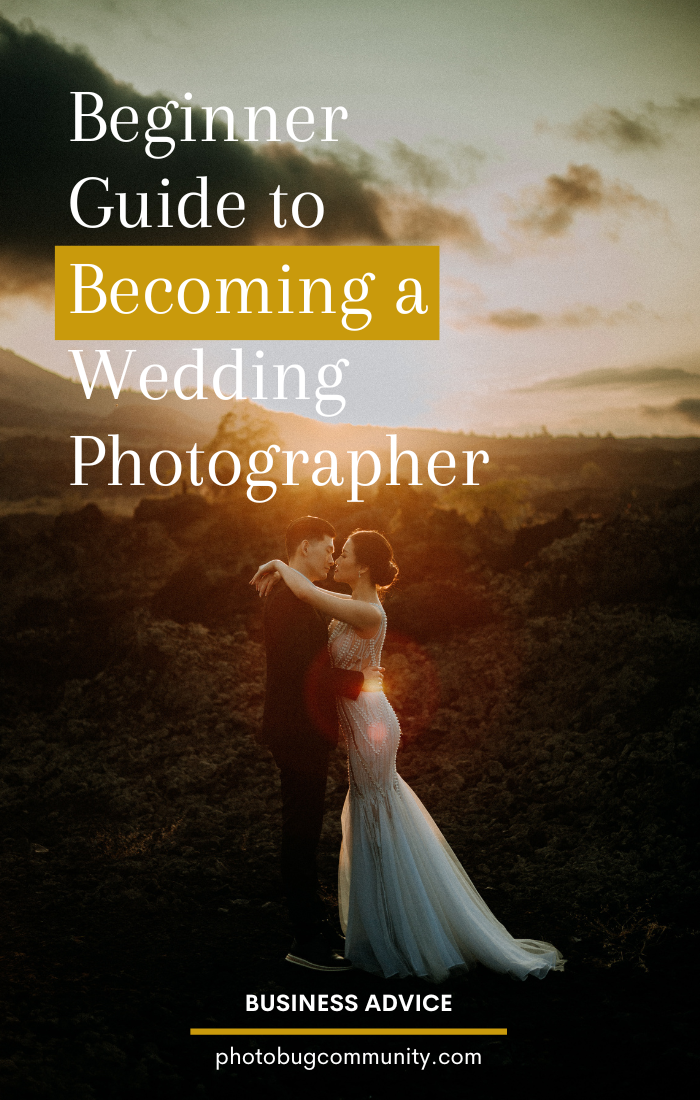
Image by Damien Milan
Taking on new career ventures can be scary—and expensive. This is especially true for those wanting to get into wedding photography. From purchasing gear to creating an online presence, so much goes into creating a successful photography business. So where should beginners actually start? If you find yourself asking the same question, we’ve got you covered. Here’s the ultimate beginner’s guide to becoming a wedding photographer.
Invest In Equipment
If you’re just getting started in the wedding photography industry, investing in gear and software should be one of your first steps. To find gear that fits your wants and needs, try out a whole range of different camera bodies and lenses. It’s no secret that camera gear comes with a hefty price tag. So before investing, try renting gear from a local camera shop to get a feel for which brands work best for you.
Build Your Portfolio And Gain Experience
Before hiring you, potential clients want to see your previous work on your website and social media platforms. There are two great ways to do this for beginners. The first is acting as a second shooter. Being a second shooter is the ultimate way to learn—you can shadow a fellow photographer and get familiar with the complexities of a wedding day schedule. If you don’t feel that you have the connections built yet or are unsure where to find freelancing gigs like this, check out these websites.
While second shooting is great for gaining on-site experience, styled shoots will help you build your portfolio. That’s where networking comes in. Get in contact with vendors and other photographers in the area to create a styled shoot that’s beneficial for all involved. We also recommend keeping an eye for workshops in your area that are put on specifically for photographers looking to practice their photography skills and broaden their portfolios.

Image by Kate Bunny Hampson
Adopt A Photography Style
When becoming a wedding photographer, your photography style is more than just your photography niche. Your clientele, the style of weddings you shoot (elopements, traditional, micro weddings, etc.), and your editing style will also play a large role. A great way to get a cohesive editing style is to create or purchase presets. They are a popular resource for beginners looking to establish an editing style.
Set Up A Website
Now that you’ve adopted a style and completed a styled shoot, the next step is setting up your website. This is your section of the internet to showcase your work while also displaying your services, packages, and what sets you apart from other photographers. s. Start by choosing a unique website theme, then worry about the content. Working step by step will make this process seem less intense.
Before you dive deep into the world of website design, you’re going to want to make sure you have a vision for your branding. It will make the website process much quicker, trust us.

Image by Chloe Ramirez
Create A Marketing Strategy
When you think of marketing, odds are your brain probably thinks of social media, which is partially correct. Social media is ever-evolving and staying up to date on trends and creating saveable content is crucial for wedding photographers. This is one way to increase your Instagram engagement, which is your ultimate goal. When you create content that serves a purpose, you’re guaranteed to get more eyes on your work, therefore, land more clients. That’s why you should view your social media platforms as more than just a portfolio.
But your marketing strategy should also stretch far beyond your online presence. This can include networking with other vendors in the industry, attending wedding expos to get your work in front of planning couples, and entering photo contests.
Our goal at Photobug Community is to set wedding photographers up for success. Whether you’re an industry pro or a new-to-the-scene photographer, we create monthly challenges to get your work featured. Interested in participating in our monthly challenge? Join us on Facebook and keep an eye out for upcoming contests.

Image by Gilang